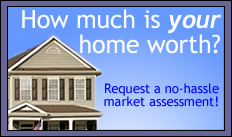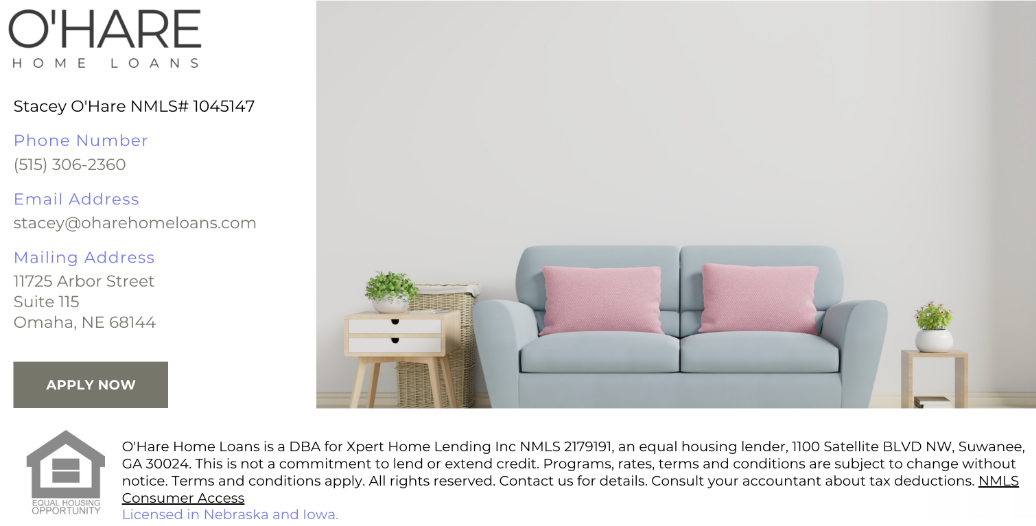Pricing Your Home to Sell
Selling a house is one of the biggest decisions that homeowners will ever make. Numerous factors are involved in the successful sale of a home. Choices such as selecting an agent, preparing the home, timing, and price all play a major role in a positive experience for homeowners, buyers, and real estate professionals.
The one decision most homeowners wrestle with is deciding on a sales price. Pricing your home to sell involves careful planning, looking at the market, and accessing the condition of your home. Many things are taken into consideration before deciding on a price.
Location
Being aware of your home’s location will provide additional insight into the pricing of your property. Things like power plants, busy roads, and a less than desirable view may all make your sale price lower, while benefits such as neighborhood parks, easy access to shopping, and beautiful views drive prices up.
Staging
Planting flowers, painting, and purchasing new throw pillows may seem insignificant, but these small changes can actually add up to thousands of extra dollars in a home's sale. Presenting a house in the best possible light is important. Creating an environment that is warm and inviting, and that prospective buyers can see themselves in, is the key to selling a house.
Comparative Market Analysis
Given all of these factors, one of the tools that a real estate agent will use to help determine a home's value is a comparative market analysis. This CMA can vary from a short document to one laden with details, but they all have basic things in common. All of them will look at the active listings, pending listings, and sold listings. Additionally, they may look at items such as properties withdrawn from the market and expired listings. A CMA is going to compare your home to other homes with the same square footage and amenities. This information will assist your real estate agent in pricing your home to sell.
When it comes time to sell your home, allow the real estate professionals at Prudential Ambassador Real Estate assist you through every step of the process. With years of superior service and satisfied customers, we are prepared to find the right buyers for your house and to help you find the home of your dreams.









